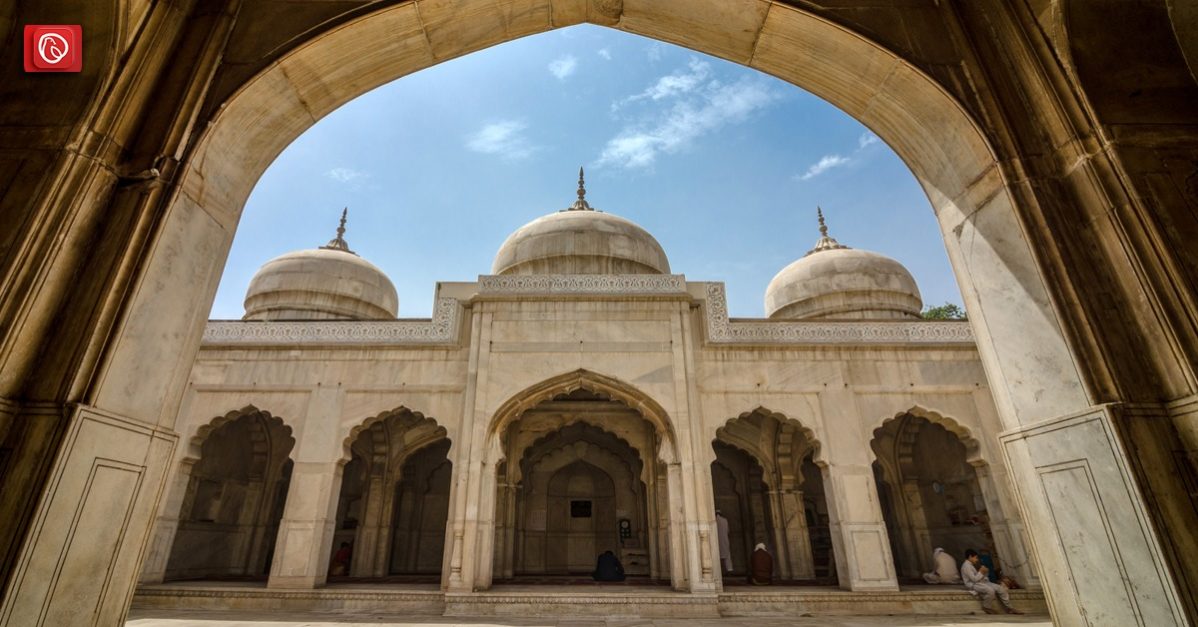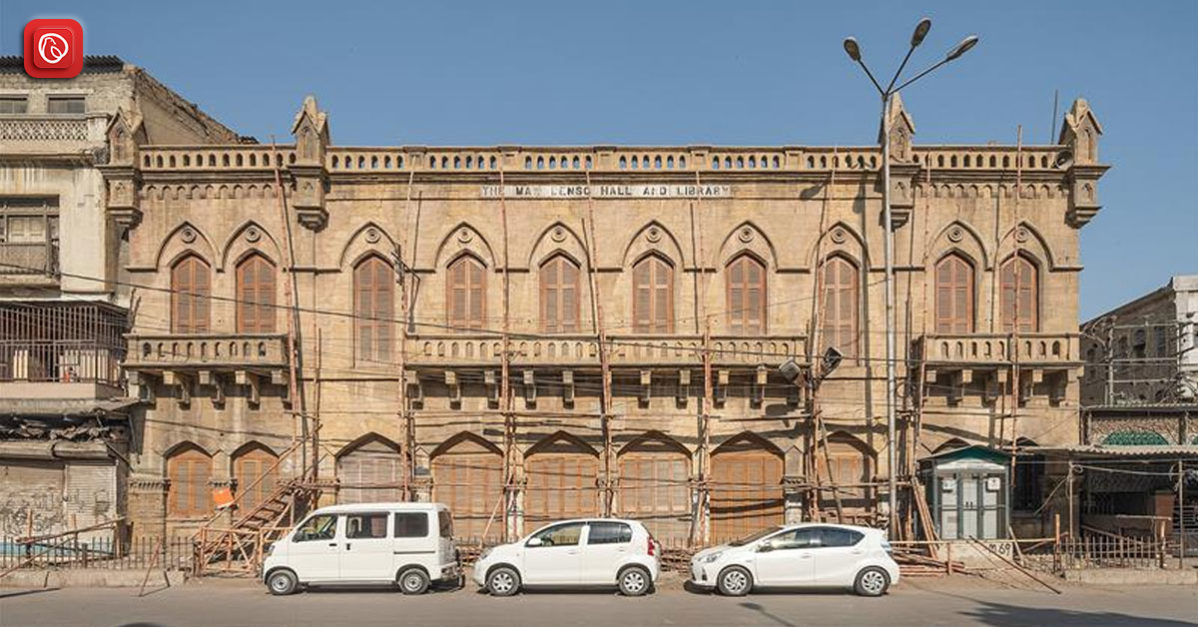The Moti Masjid in Lahore is a 17th-century religious edifice situated within the Lahore Fort in Punjab, Pakistan. Constructed from pristine white marble, it was originally built by Mughal Emperor Jahangir and later refined under Shah Jahan’s supervision. The mosque is a significant addition, along with structures like the Sheesh Mahal and the Naulakha Pavilion, to the Lahore Fort complex.
In this blog, Graana.com has some historical facts and information on this amazing architectural marvel located in Lahore.
|
Alias Names |
Moti Masjid Lahore |
| Founded in Year |
1635 |
|
Dedicated By |
Mughal Emperor Shahabuddin Muhammad Shah Jahan |
| Popular Neighbouring Places |
Alamgiri Gate |
|
Location |
Fort Road, Lahore |
| Province |
Punjab |
|
Country |
Pakistan |
| Address |
Moti Masjid (Mosque), Fort Road, Lahore |
|
Coordinates |
31.5885978849346 °N, 74.3134768011887 °E |
About
Positioned on the western side of the Lahore Fort, near the Alamgiri Gate, the mosque holds symbolic rarity, as “Moti” translates to “pearl” in Urdu. The nomenclature aligns with the Mughal tradition of naming mosques after precious stones. Comparable instances include the Mina Masjid and Nagina Masjid, both located within the Agra Fort and completed during Shah Jahan’s rule in 1637.
Moti Masjid Lahore was constructed between 1630 and 1635 and holds the distinction of being the inaugural “Pearl” mosque. Subsequent structures by the same name were built by Shah Jahan in Agra Fort (1647–53) and by his son Aurangzeb in the Red Fort (1659–60).
History of Moti Masjid
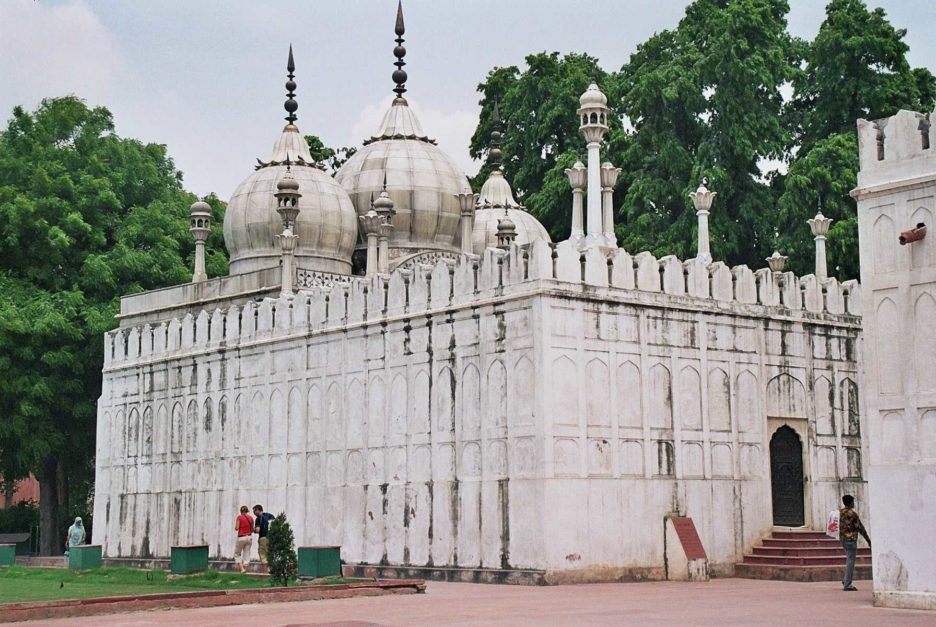
Following the decline of the Mughal Empire, the mosque underwent a transformation into a Sikh temple. The conversion took place during the rule of Ranjit Singh’s Sikh Confederation (1760–1799), and the mosque was renamed as Moti Mandir.
In subsequent years, Ranjit Singh repurposed the structure for use as a treasury. However, with the downfall of the Sikh Empire, the British assumed control over Punjab in 1849. During their administration, they stumbled upon valuable gemstones, carefully wrapped in cloth and stored in velvet pouches, scattered within the mosque, alongside other stored items.
Subsequently, efforts were made to restore the building to its original state, and the precious religious artefacts discovered were safeguarded within the nearby Badshahi Mosque.
Architectural Features of Moti Masjid Lahore
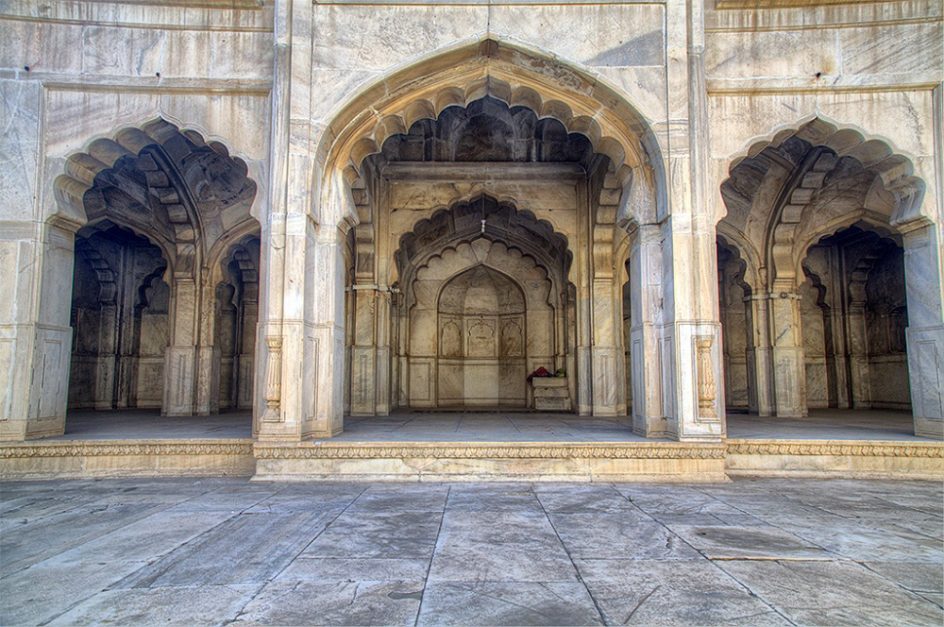
Crafted by the skilled hands of Mughal Emperor Shah Jahan in 1645, the Moti Masjid is a testament to the architectural finesse of that era. Built from the pristine white marble of Makrana, Rajasthan, the mosque’s luminous facade is divided into five chambers, a hallmark of Mughal architecture. The design element is also found in other significant mosques of the time, including the Mariam Zamani Mosque and the Wazir Khan Mosque.
Constructed entirely from white marble sourced from Makrana, the exterior showcases vaulted arches and engaged balustrade columns boasting graceful and refined contours. The design of Moti Masjid Lahore showcases three layered domes, accompanied by two aisles consisting of five bays each.
This unique five-arched facade distinguishes the mosque from others in a similar category that typically feature three-arched facades. The interior adopts a modest and uncomplicated design, except for the ornate ceilings, which display intricate patterns in four distinct styles: two arched and two trabetic designs.
A Gateway to Mysticism
As visitors pass through the majestic royal ramp of Lahore Fort, an enchanting sight awaits them – the Moti Masjid with its three graceful domes beckoning from the left. Small in size but captivating, the mosque carries an otherworldly charm, often described as having a mysterious aura that can envelop those who enter its narrow stairways. Legends of spirits and ghosts add to the mystique, with numerous tourists claiming to have witnessed their presence.
For the faithful, the Moti Masjid is not just a structure; it’s a conduit to the divine. Believers visit the Almighty with fervent hopes, believing that He will hear their prayers and wishes.
Many hold strong beliefs that offering Nawafil and Asr prayers within the mosque can manifest their desires. The devotion is so profound that even as the mosque accommodates just a hundred people, scores wait outside, eager for their turn to experience its sanctity.
The Name and Significance
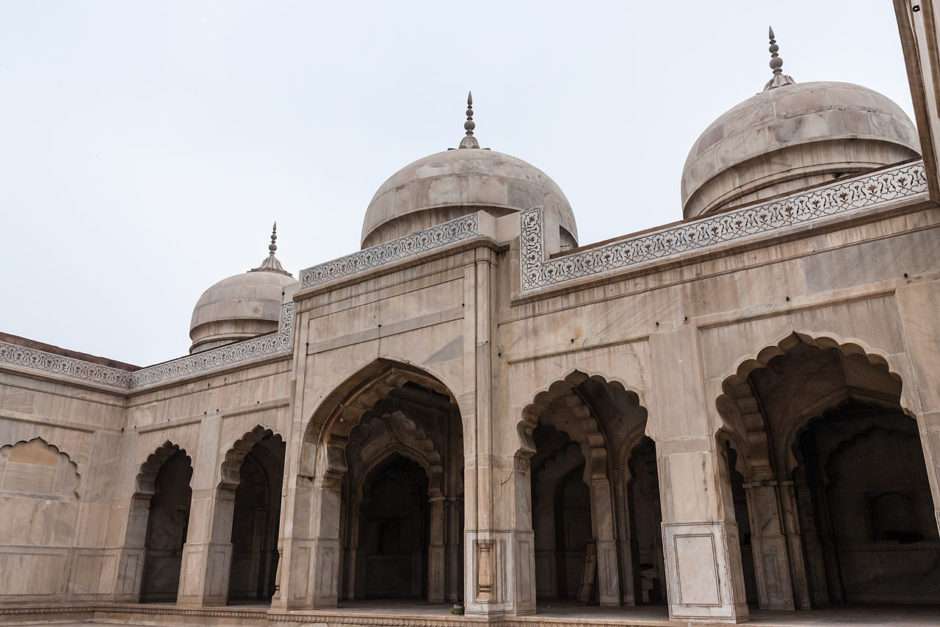
Moti Masjid owes its name to its resemblance to a pearl, owing to its small size and gleaming white marble exterior. This naming practice was in line with the Mughal tradition of associating mosques with precious stones and notable personalities.
Serenity and Splendor
The interior of Moti Masjid exudes simplicity, yet it adorns its ceilings with intricately designed arches and horizontal beams. The mosque has three domes, with the central one slightly extending into the courtyard, crowning the mosque. Architects ingeniously designed these double domes to ensure optimal acoustics, a feature that reverberates in most Mughal-era mosques.
Evolution Through History
The mosque has withstood the test of time, witnessing both prosperity and adversity. During the Sikh rule, the Sikh community transformed it into a temple named Moti Mandir, causing distress to the Muslim community.
Embracing the Future
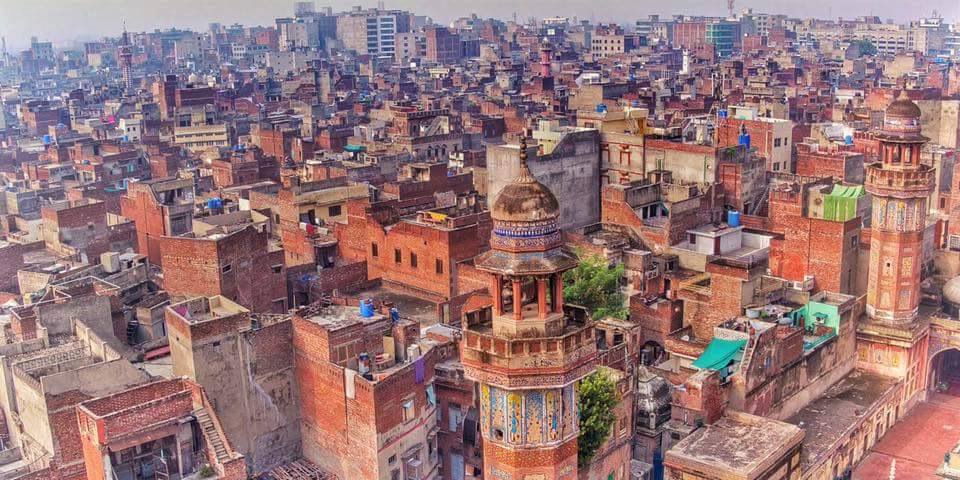
While the daylight showcases the mosque’s elegance, the Walled City of Lahore Authority plans to reveal its nighttime allure through night tours. This illumination will highlight the mosque’s splendour in a new and enchanting perspective.
Spiritual Significance of Moti Masjid
Moti Masjid holds deep spiritual significance for both the Mughal dynasty and the worshippers who gather here. The imperial family intended the mosque to serve as a private place of worship. This sets it apart from the public congregational mosques of the time. They designed the mosque’s serene ambiance and architectural elegance to facilitate a contemplative connection with the Divine.
Preservation and Legacy
The Moti Masjid has weathered the passage of time and witnessed the ebb and flow of history. Despite its centuries-long existence, the mosque remains remarkably well-preserved, thanks to dedicated restoration efforts.
This is all you need to know about the architectural marvel “Moti Masjid”, one of most famous mosques in Pakistan. For more details, visit Graana.com.
FAQs
Who is built by Moti Masjid?
Shah Jahan
What is the history of Moti Masjid Lahore?
The small Moti Masjid (Pearl Mosque) was built by Shah Jahan in 1644 for the private use of the ladies of the royal household and was restored to its original delicacy in 1904. The original Moti Masjid was built by Johangir to serve as a private prayer room for the Emperor and his wifes.
Which Masjid was built by Jahangir?
The Moti Masjid in Lahore Fort was built by the Mughal emperor Jahangir. The Moti Masjid is located within the Agra Fort, a UNESCO World Heritage Site that was built by Mughal Emperor Shah Jahan.
What is the history of Moti Masjid?
The Moti Masjid ( lit. ‘Pearl mosque’) is a 17th-century mosque inside the Red Fort complex in Delhi, India. It was built by Mughal emperor Aurangzeb, damaged during the Siege of Delhi, and subsequently restored by the British. Named for its white marble, the mosque features ornate floral carvings.
